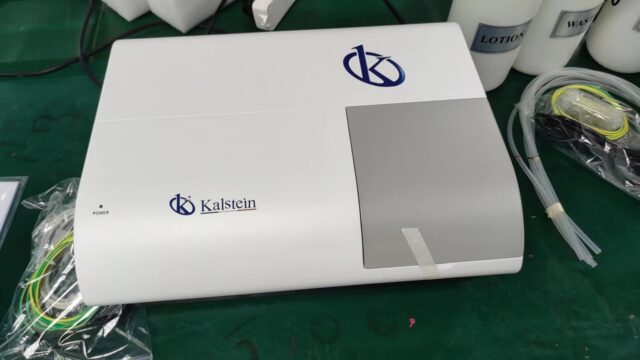In health-care companies, they practice laboratory practices with appropriate equipment for detecting the human immunodeficiency virus or well-known as HIV, using special techniques such as ELISA or Enzyme-Linked ImmunoSorbent Assay.
This technique is performed for the detection of antigens by antibodies bound to an enzyme, via a detectable, color-changing product, which induces measurement with the use of the Microplate Reader.
This instrument is important to know, among other things, whether a patient has an autoimmune infection, and Kalstein has the ideal equipment, the Microplate Reader (ELISA), shows that it is ideal for laboratory tests, where he checks and certifies the adequacy of important processes and shows reliable results aimed at diagnosing diseases like HIV.
Functions of the microcard reader (ELISA)
To perform tests for the detection of autoimmune diseases, the microplate reader by ELISA is the equipment trained for these purposes, because it is designed to measure the amounts of light that the test transmits for various wave extensions and has a tungsten light source with a level ranging from 400 nm to 700 nm.
It also has mechanisms that separate the illumination spectrum and provide energy to a given wave that must be calibrated periodically to not respond to the measurements to be made. A Microplate is rectangular in shape, about 12.5 cm by 8.5 cm, also called repetition plates, and has 96 wells in 8 rows and 12 columns, where each symbolizes an absorbance value at various wave extensions.
Enzyme-linked immunosorbent practices (ELISA)
For the detection of HIV infections, the adsorption enzyme immunoassay is usually the technique used for such practices because it is unlikely to give false results. The practice is based on the inference that after adjusting feasible antigens to an insoluble solid plant, they stop immunological activity and that these biomolecules also succeed in binding to an enzyme, stopping results on both enzymatic and immunological agility.
However, its advantage is due to its high degree of comprehension, detectability, punctuality and accuracy, which allows ELISA practices to be equipped with error-free radio tests.
In addition, this type of test has improved because, previously, only certain antibodies could be detected and not as quickly as they should be, whereas currently, the ELISA technique makes it possible to test certain antibodies and even certain proteins of the virus in which they contain high concentrations in the blood during the first phase of the infection.
It should be noted that these tests are generally most effective for analysis with a daily number of samples, either in large blood banks or in surveillance studies. To do this, it requires an expert user or technician specialized in equipment maintenance, in addition to a steady supply of electricity, which are the most suitable for use in hospitals or small laboratories.
Kalstein Microplate Reader (ELISA)
At Kalstein, we manufacture microplate readers specialized in the application of the ELISA technique. It has the most advanced technology to make our customers feel satisfied and we have the best prices in the market. They belong to the YR series and have attractive characteristics, such as the wavelength of 405 nm, 450 nm, 492 nm, 630 nm. Reading range from 0,000 to 4,000 Abs. Match level ≤0.015a. Linearity of R > 0.999. It also features a 10.4″ LCD color touch screen. Printing a comprehensive report, including hospital and patient information and test results, and an easy-to-use, integrated laptop.
If you want to enjoy many other features of our team, we invite you to consult our catalog HERE

